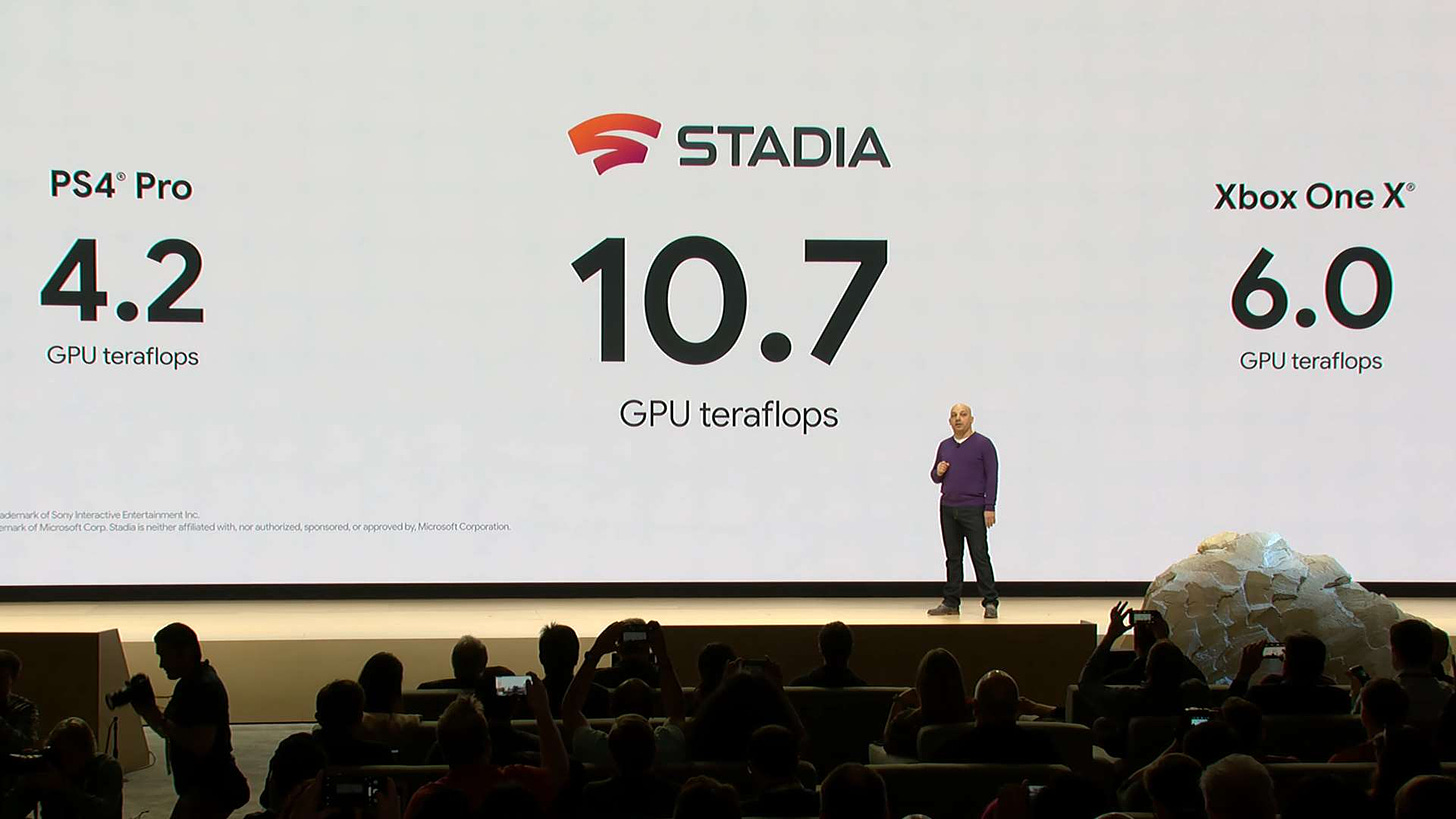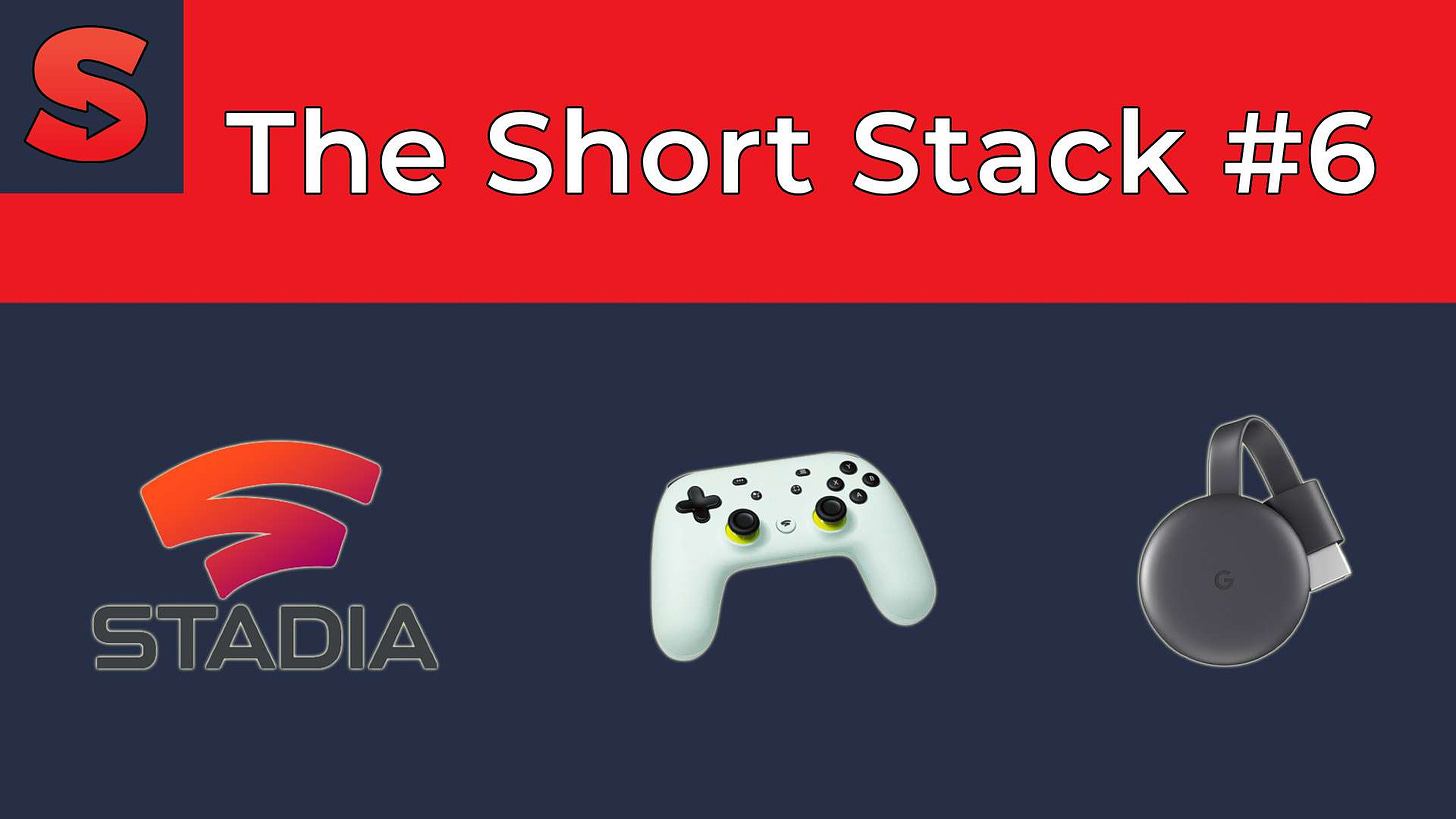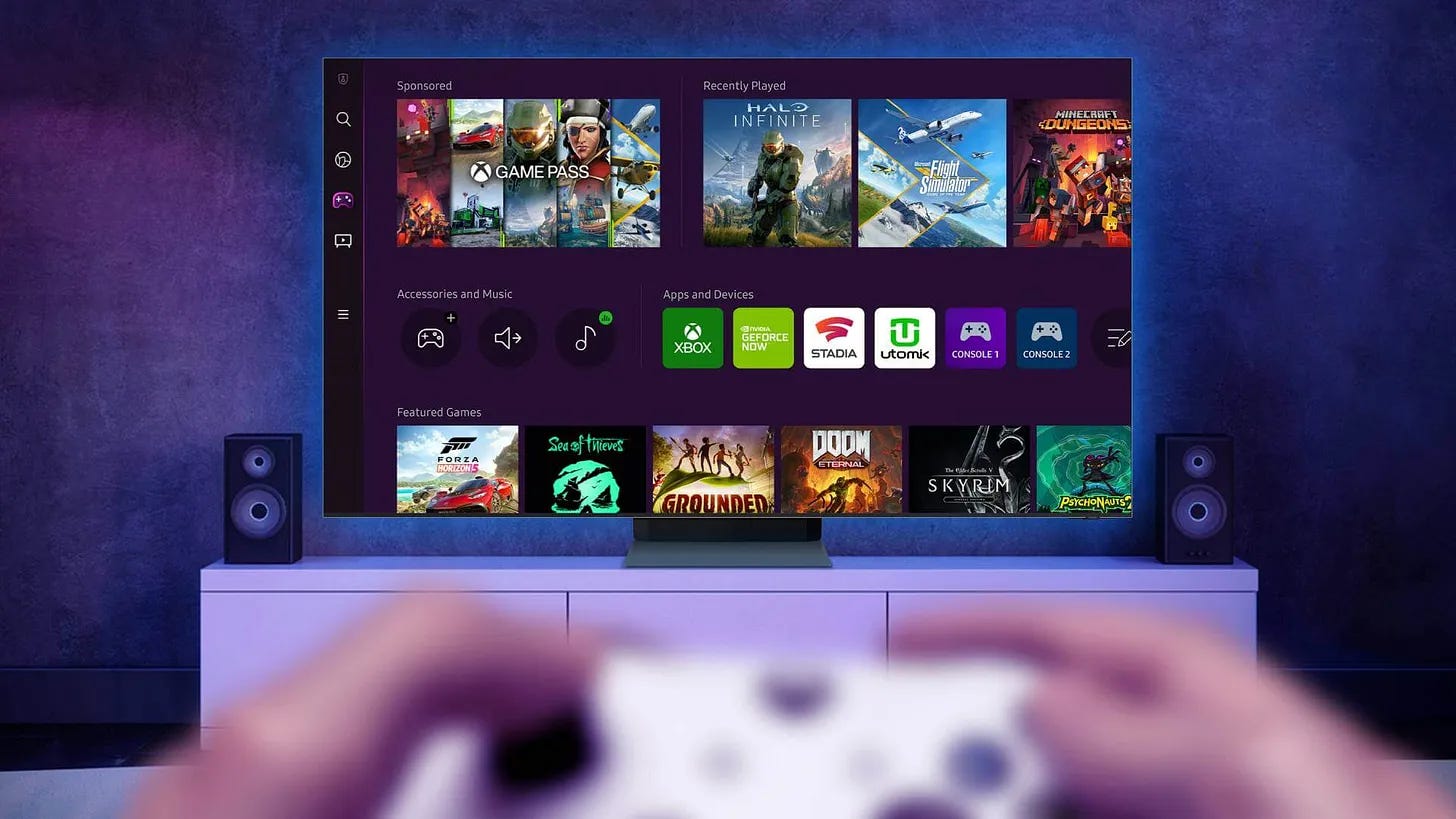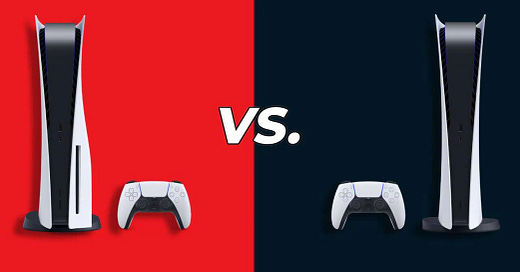
The many missteps of Google Stadia: The Short Stack #6
Google Stadia could have been great, but it was destined to fail from day one
Hello, Shortizens! It’s been quite an eventful week in the world of tech and gaming as we’ve seen the birth of new products and the untimely death of another.
We saw pre-orders go live for the God of War Ragnarok controller, which Matt hopefully helped you secure. The limited edition DualSense has already proven popular with PS5 owners, so make sure you follow Matt on Twitter for the latest updates.


Amazon announced a litany of new gizmos, including the Fire TV Omni QLED – a budget-focused 4K TV – the Halo Rise, and the Kindle Scribe, the first e-reader from Amazon you can write on. The Scribe is the type of device adult Adam would love to own under the guise it will boost his productivity. But I know child Adam will primarily use it for mindless doodling, squandering the Scribe’s obvious potential.
Speaking of potential, remember Google Stadia? The search giant’s cloud gaming streaming service is officially dead, as Google sent Stadia off to the great farm in the sky after less than three years on sale. 🪦
The service felt destined to fail from day one, but not because the technology wasn’t impressive. Stadia arguably delivered on its promise of offering responsive gameplay via the cloud, with decent image quality to boot. You didn’t need to purchase any expensive hardware, could play your games across multiple devices, and start playing straight away without waiting for any updates or install times. The pitch was solid enough.
Beginning of the end 📉
However, Google failed to deliver any meaningful reason for gamers to choose Stadia over the competition. It didn’t offer a generational leap in visuals over the likes of the PS4 Pro and Xbox One X, unlike the PS5 and Xbox Series X|S. And when Google announced you’d have to pay full price for digital games and a monthly subscription fee to get the best experience, it was an uphill battle from there.

It didn’t help that Stadia launched in an incomplete state. Headline features touted at launch, like being able to jump into a game you stumbled across on YouTube, never arrived. And things that should have been achingly simple to implement – like having a search bar on the Stadia Store – only came years after launch. I don’t think I need to point out the irony of Google not having a search bar on its own gaming store. 🙃
Global internet speeds were also a stumbling block and weren’t in Google’s favor around Stadia’s launch. The introduction of 5G would have certainly helped Stadia become a more flexible platform, but it felt like it could only be enjoyed fully by those who were blessed with super-fast internet access.
For whom the bell tolls 🔔
Perhaps the biggest nail in the coffin, though – aside from its terrible business model – was when Google closed its in-house studios responsible for developing exclusive content for Stadia. If there was ever a clear sign that the ship was sinking, this was it, though the water was already up to Google’s knees by that point.

Without these studios, Google relegated Stadia to being a service that would only receive games that were available on other platforms and would often miss out on titles completely.
Since its launch in November 2019, Stadia only amassed five exclusive titles: Outcasters, Gylt, Pixeljunk Raiders, Pac-Man: Mega Tunnel Battle, and Hello Engineer. It’s unclear whether these titles will eventually come to other platforms in the future, but none of them set the world alight.
What could have been? 🤔
If Google had adopted an approach similar to Xbox Game Pass and let Stadia owners play an ever-growing library of games for a fixed fee, it could have carved out a market and established itself as the best place for cloud gaming. But instead, it asked gamers a difficult question: will you pick Stadia as your main gaming device over everything else?
The answer, as we now know, was a resounding no.
The good news, if you can even call it that, is Google has promised to refund every consumer who bought Stadia hardware and any games or add-on content through the Google Play or Stadia store. That’s a costly exit fee for Google, then, but it’s the least they can do to save face.
However, Google could have mentioned its plans to Stadia developers, as it seemingly forgot to tell them. It’s bad enough burning bridges with consumers, many of whom already had their doubts Google would stick with Stadia for the long haul. But to ignore the people who actually supported Stadia with content and directly impact their livelihoods is poor practice, to say the least.
So, with Stadia gone, it’s now down to Amazon Luna, Xbox Cloud Gaming, and Nvidia GeForce Now to hold the torch for cloud gaming. The key thing is none of these services ask you to pay for titles individually as Stadia did. And, except for Amazon Luna, they’re still widely seen as complementary to the traditional local gaming experiences that consoles, handhelds, and PCs provide.
The sad thing is, then, Stadia is bowing out just as cloud gaming is becoming more mainstream. We’re even getting a cloud gaming handheld from Logitech in October. But what’s even more upsetting for those who were fans of Stadia is that Google only has itself to blame.















Brutal, fair indictment. Unforgiveable not to inform developers.